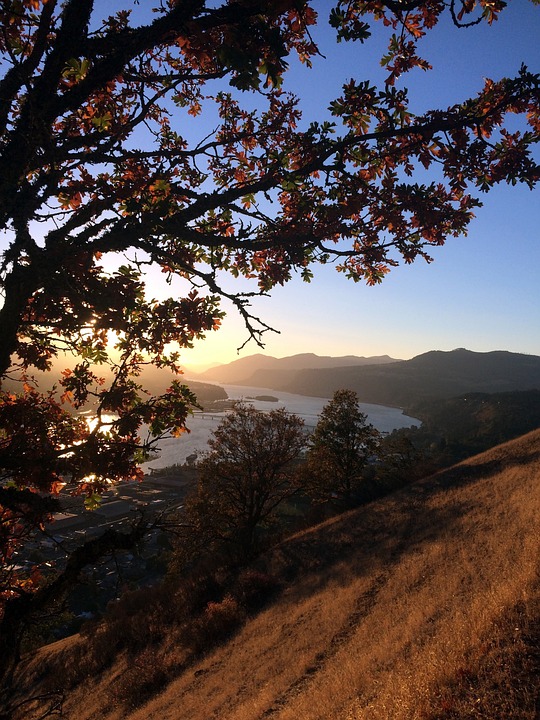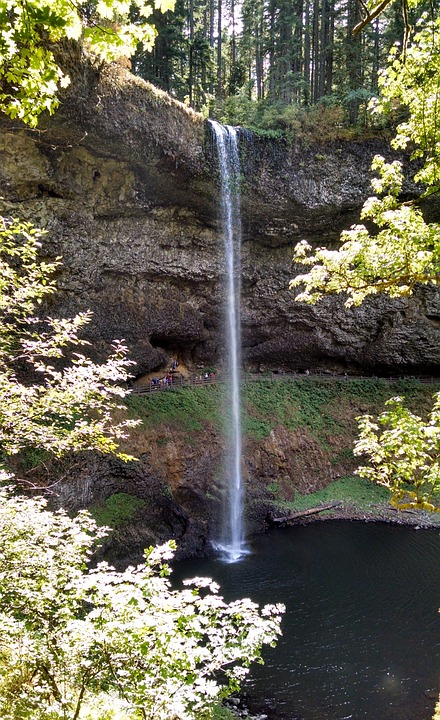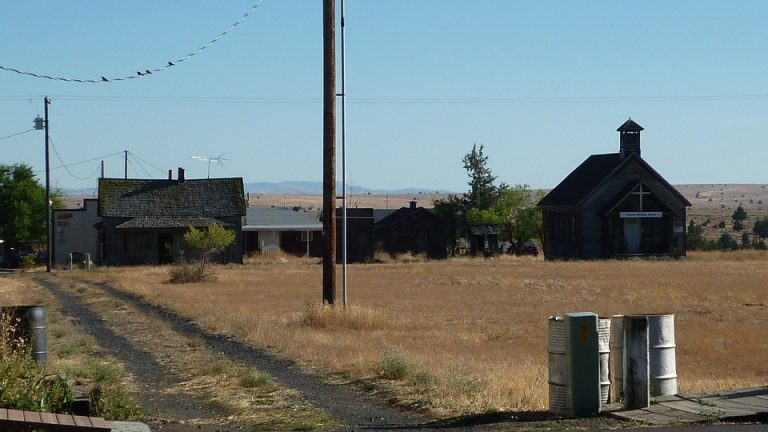
Following the Footsteps of Pioneers: A Road Trip Along the Oregon Trail
The Oregon Trail was a 2,170-mile historic route used by pioneers in the mid-1800s to travel from Missouri to Oregon. The trail was used by over 400,000 pioneers, including farmers, merchants, and families, seeking a better life in the West. The journey was long and treacherous, taking around six months to complete. Today, following the footsteps of these pioneers can be a fun and educational road trip. In this article, we will explore some of the key highlights of a road trip along the Oregon Trail.
Starting Point: Independence, Missouri
Independence, Missouri is considered the starting point of the Oregon Trail. This small town has a rich history related to the trail and offers several attractions for visitors. The National Frontier Trails Museum is a must-visit destination for those interested in the history of the trail. The museum houses exhibits related to the journey, such as covered wagons, artifacts, and personal stories of the pioneers. Visitors can also take a wagon tour of the town or walk the historic Independence Square, which has several buildings dating back to the 1800s.
Next Stop: Chimney Rock, Nebraska
Chimney Rock is a natural rock formation in Nebraska, which was a significant landmark for the pioneers traveling west. The rock stands 300 feet tall and can be seen from miles away. It was an important navigation point for the pioneers, who used it as a guide to stay on the right path. Today, Chimney Rock is a popular tourist attraction and is part of the Chimney Rock National Historic Site. Visitors can hike to the top of the rock and enjoy panoramic views of the surrounding area.
Third Stop: Fort Laramie, Wyoming
Fort Laramie was a military post established in 1834, which served as a trading post for the pioneers traveling west. It was an important stop for the pioneers, who could rest, resupply, and repair their wagons before continuing their journey. Today, the fort has been restored and is open to visitors. The Fort Laramie National Historic Site offers tours of the fort, exhibits, and demonstrations of 19th-century life.
Fourth Stop: Independence Rock, Wyoming
Independence Rock is a massive granite rock formation in Wyoming, which was another important landmark for the pioneers traveling west. The rock was named after the 4th of July, the day the pioneers arrived at the rock. The pioneers would carve their names on the rock as a symbol of their journey. Today, the rock is a popular tourist attraction and is part of the Independence Rock State Historic Site. Visitors can hike to the top of the rock and see the names carved by the pioneers.
Fifth Stop: Oregon City, Oregon
Oregon City was the final destination of the pioneers traveling west on the Oregon Trail. The city was established in 1829 and served as the end of the trail. Today, Oregon City is a thriving city with several attractions related to the trail. The End of the Oregon Trail Interpretive Center is a must-visit destination for those interested in the history of the trail. The center houses exhibits related to the journey, such as covered wagons, artifacts, and personal stories of the pioneers. Visitors can also visit the Oregon City Municipal Elevator, which offers panoramic views of the city.
Conclusion
Following the footsteps of the pioneers along the Oregon Trail can be a fun and educational road trip. From Independence, Missouri to Oregon City, Oregon, there are several attractions related to the trail that visitors can explore. The National Frontier Trails Museum, Chimney Rock, Fort Laramie, Independence Rock, and the End of the Oregon Trail Interpretive Center are just a few of the highlights of this historic journey. Whether you are a history buff or just looking for a unique road trip, the Oregon Trail is a must-see destination.


